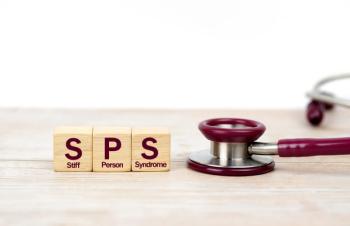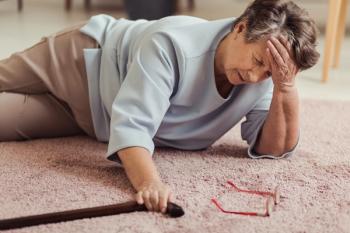
Stroke Patients in Post-Acute Stage Had Improved Quality of Life While in Hospital-Based Rehab
Stroke patients treated in home-based and hospital-based rehabilitation had mean scores of QOL assessment improved significantly after intervention. Though, the hospital-based group had better improvement than the home-based group in mobility, self-care, pain/ discomfort and depression/anxiety.
Hospital-based rehabilitation for stroke patients in the post-acute stage responded with better quality of life (QOL) outcomes than home-based patients, based on findings from a study conducted by researchers of Tainan Chi Mei Medical Center in Taiwan.
Published in the
The retrospective study took place from January 1, 2019 to June 30, 2021. It consisted of 112 post-acute stroke patients who met the criteria for the PAC program from the southern Taiwan hospital – 39 patients belonged to the home-based group and 73 to the hospital-based group.
Patients met participation criteria for the program if the onset time of stroke was less than one month, were in stable medical condition without any complications within three days from enrolling, had a Modified Rankin Scale (MRS) score of 3-4, and had the potential for functional recovery after their rehabilitation.
The home-based group received rehab for one to two weeks, and two to four sessions per week. The hospital-based group received rehab for three to six weeks, and 15 sessions per week. The home-based group mainly received the training and guidance of daily activities at the patients’ residence. The hospital-based group mainly received physical facilitation and functional training in the hospital setting.
In each group, the mean scores of QOL assessment improved significantly after intervention. Though, the hospital-based group had better improvement than the home-based group in mobility, self-care, pain/ discomfort and depression/anxiety.
The Lawton Brody Instrumental Activity Daily Living scale (IADL) counts were high in the hospitalized group than the homed-based group. The homed-based group only showed some significant improvement in the overall IADL score. The hospitalized group showed significant improvement in housekeeping, ability to handle finances, modes of transportation, and ability to use the telephone.
The reasoning behind these results likely points to home-based rehab’s lower intensity and duration compared to hospital-based rehab. Though, improvements in QOL and the functions of stroke patients can still be reached in home-based care.
Among the hospital-based rehab, there were more and longer treatment sessions. Researchers claim the primary causes for these outcomes are that the patients and their families have more immediate access to medical professional in hospital-based care, receive more guidance in health education, can pursue rehab in higher concentration and at higher intensities, and can arrange an appropriate plan for discharge from the hospital.
Newsletter
Get the latest industry news, event updates, and more from Managed healthcare Executive.


















































